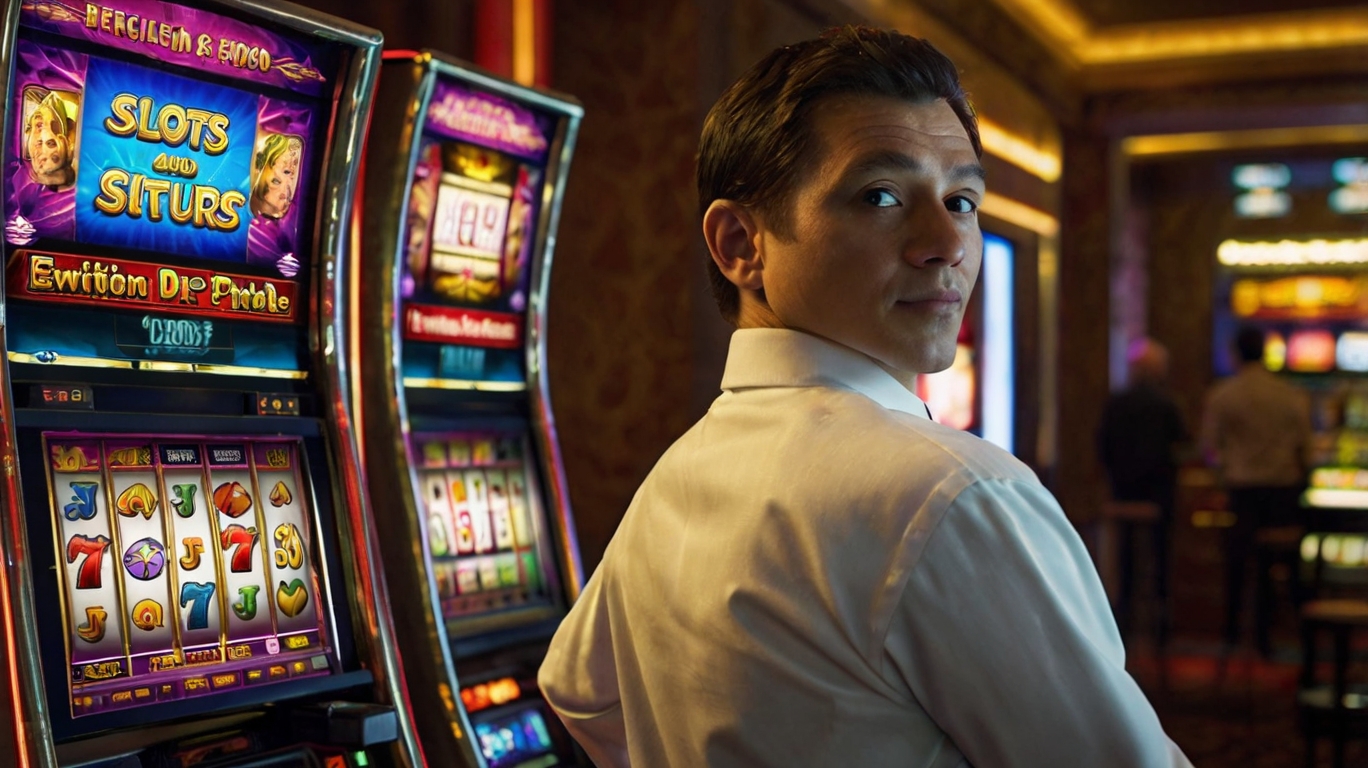
Often called “one-armed bandits,” slot machines have advanced significantly since their modest inception in the late 1800s. Slot machine history tells a fascinating story of invention, adaption, and ongoing appeal. It goes from the mechanical reels of the past to modern digital encounters. This article will examine the development of slot machines across time, as well as the prospects of this enduring type of amusement.
The Birth of the Slot Machine
The first mechanical slot machine was created in the 1890s by San Francisco machinist Charles Fey, and this is how the history of slot machines began. Three revolving reels with symbols including horseshoes, diamonds, spades, hearts, and a damaged Liberty Bell were part of his invention, the Liberty Bell. To win a payout, which was initially given out as cigars, drinks, or other prizes, a player would insert a coin, pull the lever, and hope for a matching combination.
Fey’s Liberty Bell was an enormous hit and served as the model for other slot machines. The public was enthralled with its straightforward gameplay and the excitement of perhaps winning a jackpot, which laid the groundwork for the slot machine’s eventual broad appeal.
The Golden Age of Mechanical Slots
Slot machines spread across casinos, pubs, and other entertainment establishments as the 20th century went on. The heyday of mechanical slots was regarded as the 1930s and 1940s. Slot machine manufacturers added more features and more complex designs, such as the fruit symbols that are still recognizable today, at this time, further refining the devices.
However, the next significant breakthrough didn’t appear until the 1960s. The first fully electromechanical slot machine was created by Bally Technologies and was dubbed Money Honey. This machine’s electrically powered reels make possible larger payouts and more intricate game designs, which took the place of the conventional mechanical ones. The addition of a bottomless hopper makes possible the machines’ automated payout of larger prizes.
The Rise of Video Slots
Video slots were introduced in the 1970s, a ground-breaking innovation that completely changed the market. These machines included a video screen to show the reels instead of actual reels. It created new opportunities for game creation. In 1976, Fortune Coin Co. introduced the first video slot machine. It immediately became well-known after its debut in Las Vegas. Because video slots gave producers greater leeway to express their creativity, bonus rounds, themed games, and more interactive elements were included.
Video slots developed into more complex games with better images, sound effects, and animations as technology progressed. Multi-line slots were introduced in the 1990s. They allowed players to wager on several pay lines at once and improve the gameplay experience even more.
The Digital Transformation and Online Slots
Another big change in the realm of slot machines occurred with the advent of the internet in the 1990s. The first internet casinos appeared, providing home-based players with digitized reproductions of classic slot machines. Slot machines online gained popularity fast because they offered players a huge selection of games and a level of ease never seen before.
With the growth of mobile gaming in the early 2000s came the release of mobile slots. Slot game developers started producing games that are suited for tablets and smartphones. They enable users to play their preferred games whenever and wherever they want.
With thousands of games accessible at the touch of a button, online and mobile slots now control the market. A wide range of people are drawn to themed slots that are based on well-known films, TV series, and songs. Online slot gambling has also been made more exciting with the addition of progressive jackpots, where the reward pool grows with each spin.
The Future of Slots: VR, AR, and Beyond
The future of slot machines appears more promising than ever as technology develops. Virtual reality (VR) and augmented reality (AR) are coming to change slot machine play. Augmented reality (AR) slots overlay game components onto the real world, merging the physical and digital realms. Virtual reality (VR) slots can submerge players in a fully interactive 3D environment, giving them the impression that they are inside a genuine casino.
With its potential to improve online gaming security and transparency, blockchain technology is also finding its way into the sector. With increasing acceptance, cryptocurrencies are giving players greater privacy and freedom when it comes to making payments at online casinos.
Furthermore, the gamification trend will probably persist, with slot games progressively integrating social features, competitive tournaments, and skill-based gameplay components. A new generation of gamers seeking more captivating and interactive experiences may be drawn in by this change.
Conclusion
The history of slot machines demonstrates the power of invention and the timeless attraction of straightforward but exhilarating gameplay. This classic game has kept up with player interests and preferences, evolving from the mechanical Liberty Bell to the immersive VR slots of the future.
The possibilities for slots in the future are virtually limitless as technology develops. We at Melior Games are excited to be a part of this adventure, pushing the envelope in the slot game industry and giving gamers everywhere life-changing experiences.




